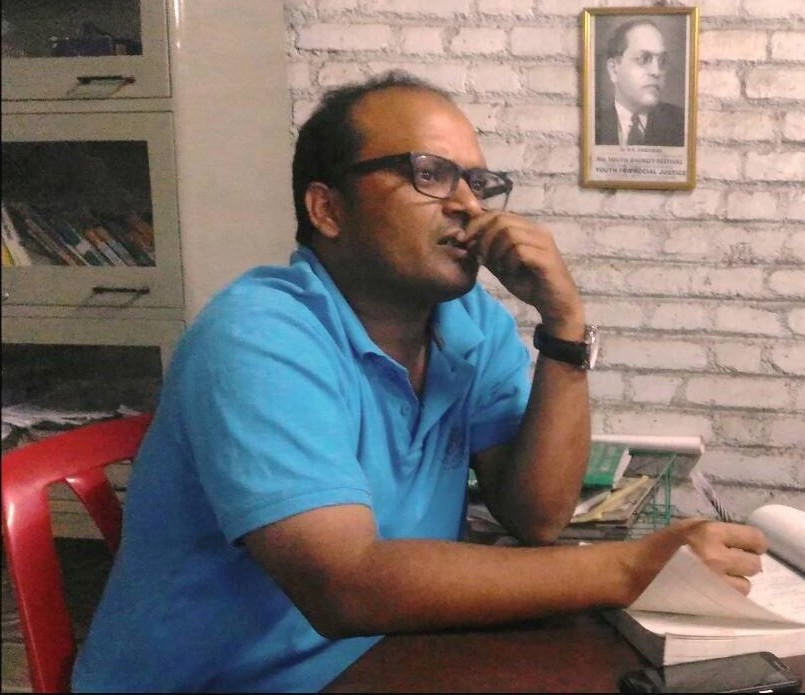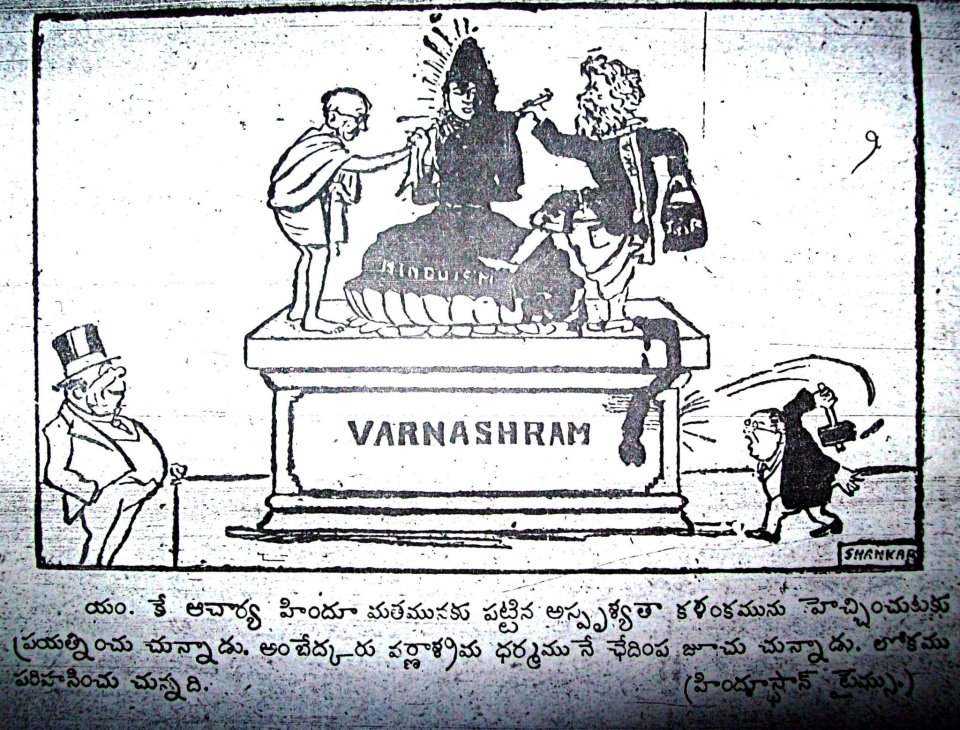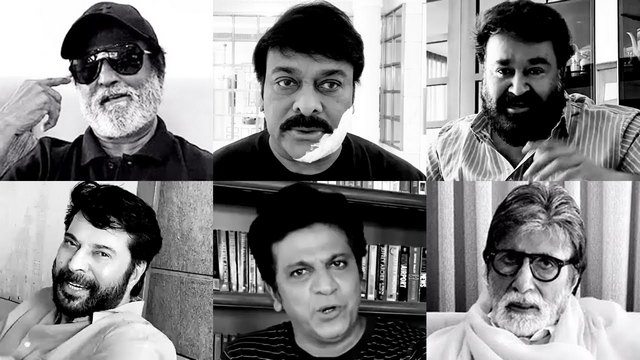Anoop Kumar
I, Ravidas, proclaim all Vedas are worthless. ~ Sant Ravidas.
 Nishan Singh was a freedom fighter, a martyr who fought against the British to gain freedom for the country. A Rajput whose memory must be cherished, his life celebrated. Therefore we have statues, a memorial, a school and other government buildings named after him in Baddi, his village in Bihar’s Rohtas district. A village of very prosperous Rajput landlords; many among them are now doctors, engineers and teachers posted in neighbouring big cities but quite steadfast in maintaining their linkages with the village. They regularly visit to take care of their lands, dispense justice to the local people, and regulate the activities run in and around the village for cherishing the memory of the slain freedom fighter.
Nishan Singh was a freedom fighter, a martyr who fought against the British to gain freedom for the country. A Rajput whose memory must be cherished, his life celebrated. Therefore we have statues, a memorial, a school and other government buildings named after him in Baddi, his village in Bihar’s Rohtas district. A village of very prosperous Rajput landlords; many among them are now doctors, engineers and teachers posted in neighbouring big cities but quite steadfast in maintaining their linkages with the village. They regularly visit to take care of their lands, dispense justice to the local people, and regulate the activities run in and around the village for cherishing the memory of the slain freedom fighter.
It is a village of patriots. Every year on Independence Day, Rajputs hoist the tricolor, take out a rally, fire arms, and sing praises of Nishan Singh and the country. The completely landless and impoverished Dalits are patriots too. They also hoist the tricolor. At least they try to.
Since the last few years, both of them try to hoist it at the same place, just in front of ‘a modest nondescript structure‘, as this newspaper report calls it – a Dalit temple, dedicated to the memory of a Dalit saint, Ravidas. Not at any of the memorials inside the village dedicated to the martyred freedom fighter, Nishan Singh. This modest nondescript structure was the result of enormous efforts and sacrifices made by the local Dalits and it took them more than 30 years to build it. Last June, they were even able to install a statue of Sant Ravidas, the 15th century saint poet, inside the temple.
But the Dalit saint was no freedom fighter. He did not give up his life for the country, at the altar of Mother India. He was a mere utopian who when not singing or complaining to god about the sufferings of his own community, dreamt about Begumpura (a land without sorrow):
Aisa chahu raaj main, jahan mile saban ko ann, Chhot baade sam basse, Ravidas rahe prasan
[May such a kingdom come where everyone gets enough to eat, God resides in every man, small or big, and Ravidas is happy]

In the land of patriots this was a great sacrilege, an insult to the memory of Nishan Singh, to the Rajputs and perhaps to the country. And they opposed it from the beginning, from the day the idea came to the Dalits to have their own public space in the village where even the local school has a Rajput name attached to it. There were multiple attacks, ransacking of the Dalit property throughout these 30 years, but when it could not stop Dalits, the Rajputs decided to do something else.
“They want Nishan Singh’s statue before the temple. They do not like the fact that when you cross the area you first lay your eyes on the Ravidas statue”, the temple priest Teja Ram Sadhu told the newspaper reporter. He was lying in the hospital grievously injured during the attack on the Dalits by hundreds of well armed Rajput men led by a father-son duo, both government doctors posted in a far-off city, who true to their patriotic nature, had come to participate in the flag hoisting ceremony in the village. And the Dalits had committed a grave crime, resisting them.
“They came with lathis, rods, firearms and petrol bottles. Most of us fled, but the older people, women and children could not escape. First, they started beating up people, then they broke down the temple gate, vandalized the idol and set everything on fire. Some children were playing on the temple roof. They pushed them off. They caught hold of the old and beat them with lathis,” Kashinath Ram, the temple chairman, told the same newspaper reporter.
An 80 year old Dalit man was killed, and 54, including women and children, were injured. It happened on 15th August, 2013. The day India and all Indians got their freedom, 50-60 years ago, some say.
Asked if they wanted Nishan Singh’s memorial exactly in front of the temple, Radharam Singh, a retired teacher from the community replied, “Where else? This land belongs to the martyr. He was a freedom fighter. Moreover, the temple ends with the threshold, after that it’s government land. Does any memorial require any land papers,” he asked.
“All of them [the attackers] are zamindars owning vast tracts of land,” pointed out Kashinath Ram. “But still they are after these six decimals. They have a school in the name of Nishan Singh. They have even usurped much of the government land in village. We are all landless. The problem is that it hurts their caste pride to have the Ravidas temple in front, with their school located behind it.”
But then not all Rajputs are the same. Not all are that patriotic. Not all are too violent. A few even sing songs of resistance, of emancipation for others. Some even claim to have left the village Baddi behind, forever. Some even get amazed at the resistance and resilience shown by Dalits, against all odds, to survive in the situation of permanent siege singing praises to their deity, constructing temple, installing a statue, despite their meager resources, despite their children going hungry, unschooled, suffering unbearable violence. All for a poet-saint who had nothing but utopia to offer.
It has to do with the Dalit deity and his awe-inspiring spell on these otherwise miserable Dalits, they conclude. It is their fanatic devotion to the utopian deity that is not allowing them to leave their ghetto and join the waiting army of poor Rajputs raring to go for the Revolution, for their instant emancipation. The deity has even turned them into Tricolour hoisting statists and therefore accomplices in the state’s killings of Kashmiris and Manipuris. This spell needs to be broken and the deity thoroughly exposed for being fake, incapable of any miracles, they decide. Only to emancipate Dalits, to lead them out of their blind beliefs.
Some kinder Rajputs might even be looking at the miraculous powers of the deity and suddenly developing the desire for bringing it out to the entire world. He needs a shrine, right at the centre of the village, right alongside Nishan Singh’s, and our high priest/priestess to deliver sermons, to tell everyone about his miraculous powers, to sing hymns in his praise. A powerful deity requires an equally powerful priest to do the introduction, and for the world to recognize. It is your ghetto, it is your illiterate priest who no one listens to except you, it is you that is holding such a powerful deity back from conquering the world, they might say earnestly.
But it was never about the deity. The deity never offered a miracle. It is his followers that made the deity appear all miraculous, all powerful. With great sacrifices and enormous effort they even turned him into their most potent weapon, his simple words preaching equality for all into the seminal texts of resistance and his statue into the very image of their unassailable challenge to everything that exists in that village, rejecting all kinds of Rajputs, their deities, their priest, their marble shrines together with all Rajput narratives about themselves, about Dalits.
The Rajputs of Baddi village know it too well. It is not the idol in the Dalit temple that they abhor, it is not the ramshackle building erected at one decimal land by Dalits that they feel insulted about and want to destroy. It is this very rejection by Dalits of everything they stand for, that scares them the most. They know Dalits staking claim on their lands, their schools, on all the village resources which they have usurped using their narratives and their deities is just a small step away. Therefore, it is not the Dalits of village Baddi, it is the Rajputs who are under permanent siege.
And being unable to break free, many Rajputs attack, they kill, they destroy, a few start distorting the Dalit resistance, calling them fanatics, mere deity devotees. A few pretending to be free, claiming to have left the village Baddi behind forever, try to take the deity out, wishing his people and their struggle away, to preserve him at their money-minting, beautiful and large shrines, where his people cannot even enter. To hand him over to their enchanting priest/priestess, to reduce him to just one minor addition in the long list of their own deities. All in good faith, it is all for the deity, it is all for his people, they say.
No you are not allowed to break free from the siege. By talking about our deity, you are not allowed to reproduce the same exploitative structures that we erected our deity against. Our deity is merely a manifestation of our struggles, our claims and you just cannot bypass these pretending to be free, pretending to be mere individuals, pretending not to be part of the very same structures that we are fighting against and without acknowledging your role in perpetuating it.
When Sant Ravidas was proclaiming that the Vedas are worthless, he was not opposing the freedom of expression of the brahmins but rejecting all their interpretations of the world and all the hegemonic structures that came along with the Vedas that made their interpretations the only gospel truth.
To be continued.
~
Please also read other articles on the same issue:
Introducing Arundhati Roy and Friends: Karthik Navayan
A tale of two prefaces: by Karthick RM
Between Savior and Seller: Critiquing Preface Politics: by Praveena Thaali
A Glass Menagerie for the Bahujans—Annihilation of Caste and Gandhi’s Wards: by James Michael and Akshay Pathak
Stigmatizing Dalits, From the Wadas to the Web: by Nilesh Kumar
Without Arundhati Roy and Gandhi, the book had its own value: Bojja Tharakam
Caste in the Name of Christ: An angry note on the Syrian Christian Caste: by Nidhin Shobhana
The Not-So-Intimate Enemy: The Loss and Erasure of the Self Under Casteism: by Gee Imaan Semmalar
Flaunting noble intentions, nurturing caste privileges: by Asha Kowtal
The Question of Free Speech: by Vaibhav Wasnik
Arundhati Roy replies to Dalit Camera
An Open Letter to Ms. Arundhati Roy: by Dalit Camera
Vedic Chants for the 21st Century
The Judge, the Jury and the Goddess : by Akshay Pathak
Resisting a messiah: by Anoop Kumar
An Introduction to Anoop Kumar’s “Misogynistic and Xenophobic Rants”: by Vinay Bhat
~~~
Anoop Kumar is a teacher based in central India. His email id is: anoopkheri(at)gmail(dot)com
Pictures courtesy: The Hindu.










